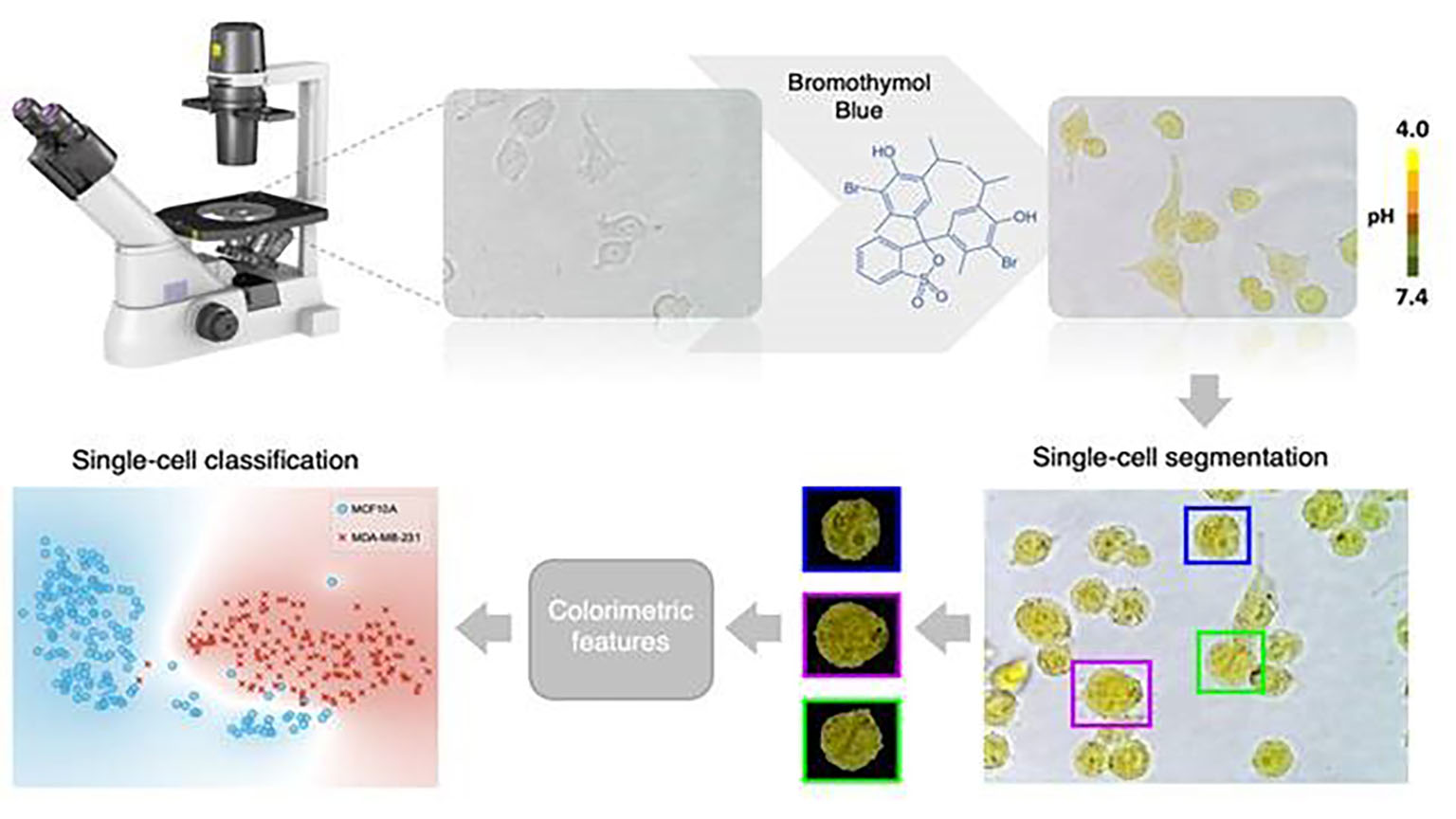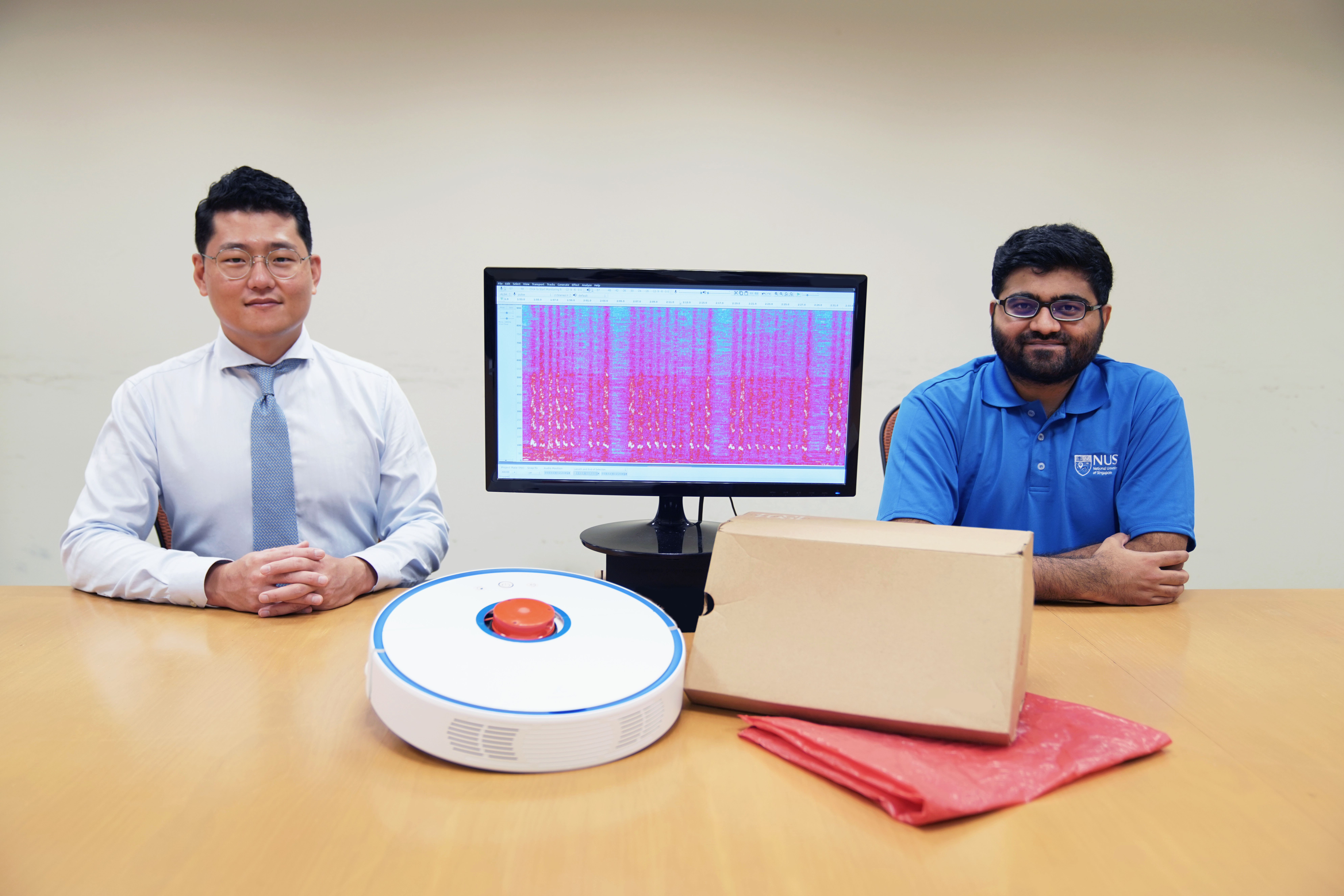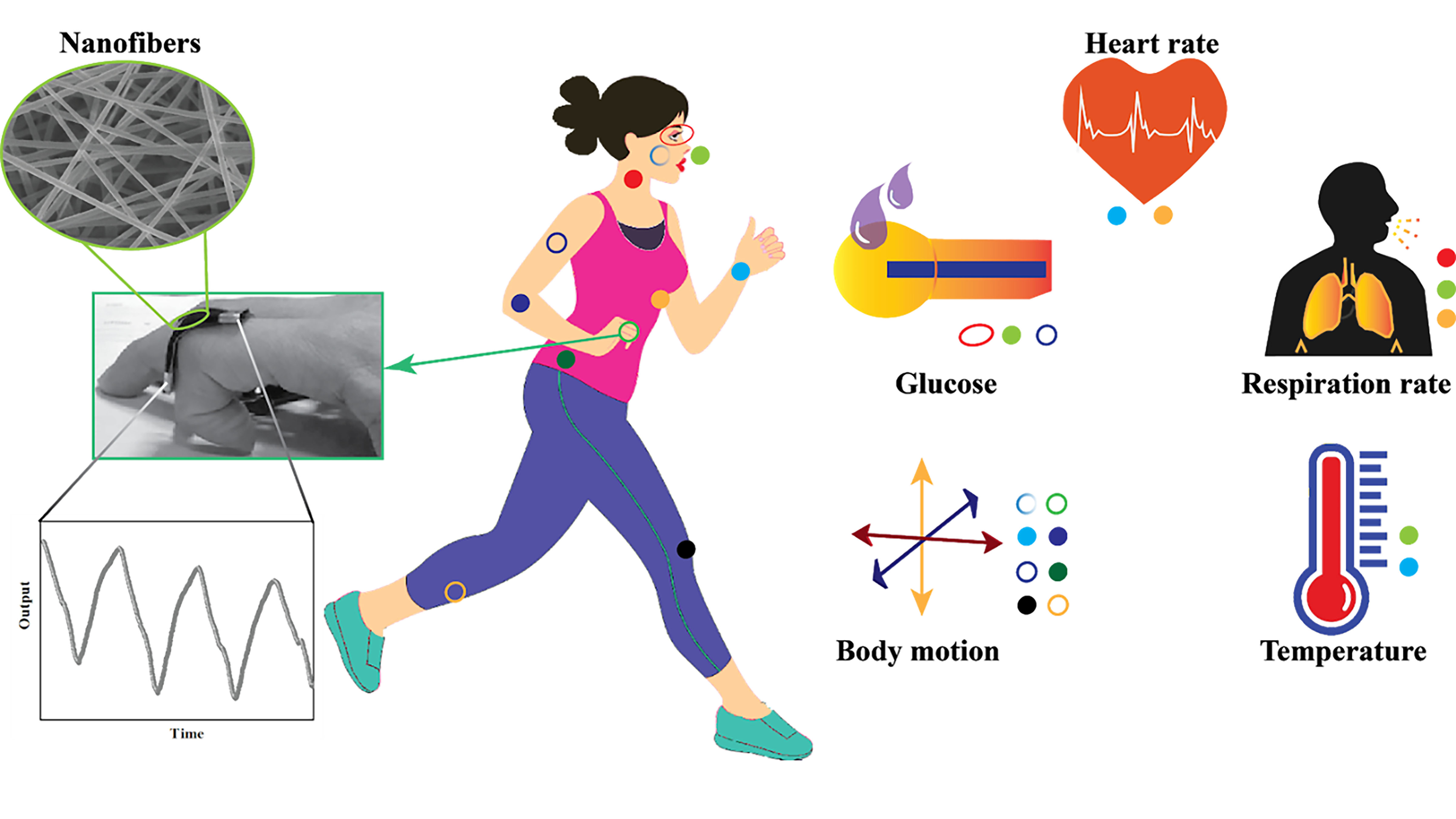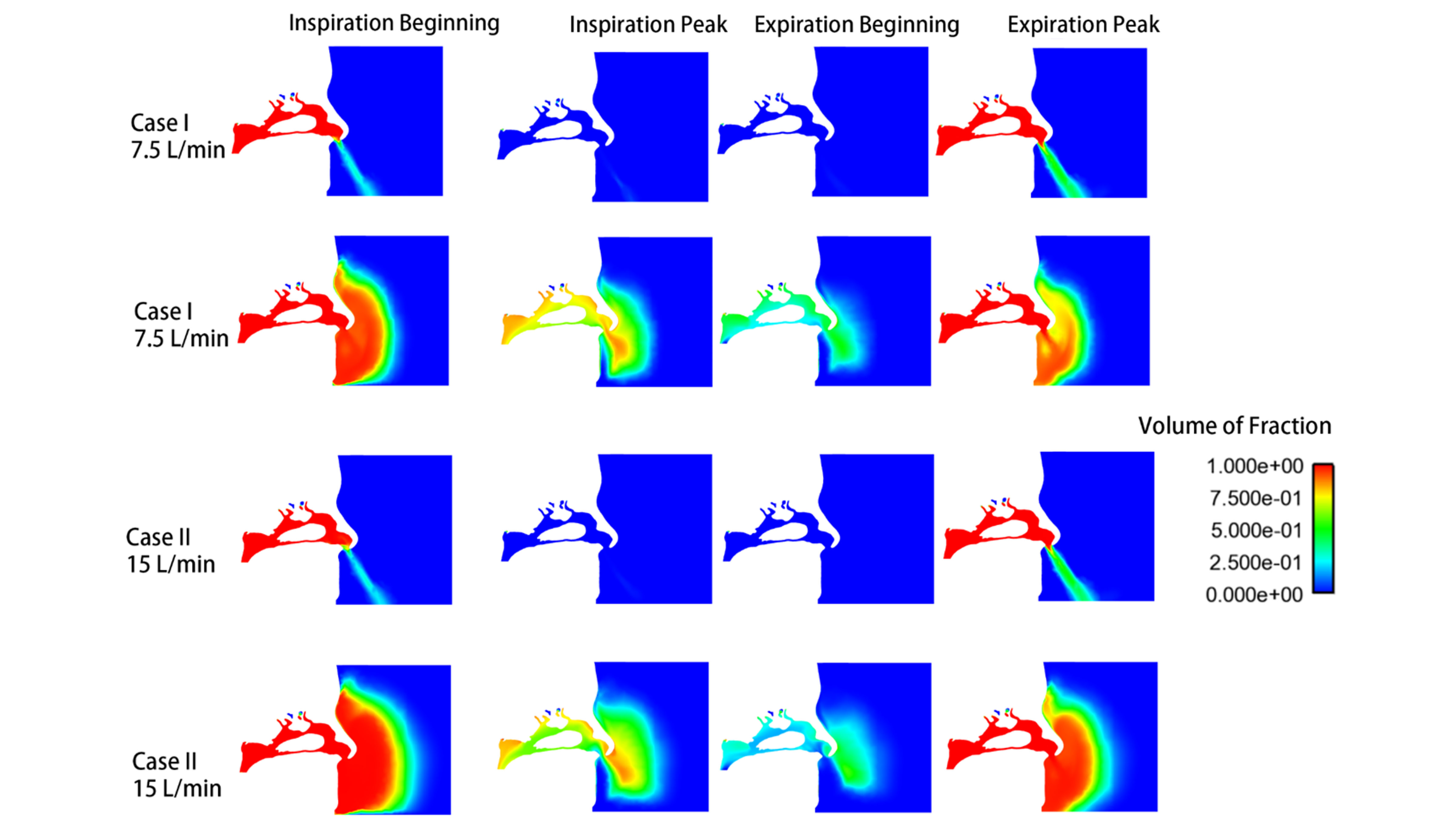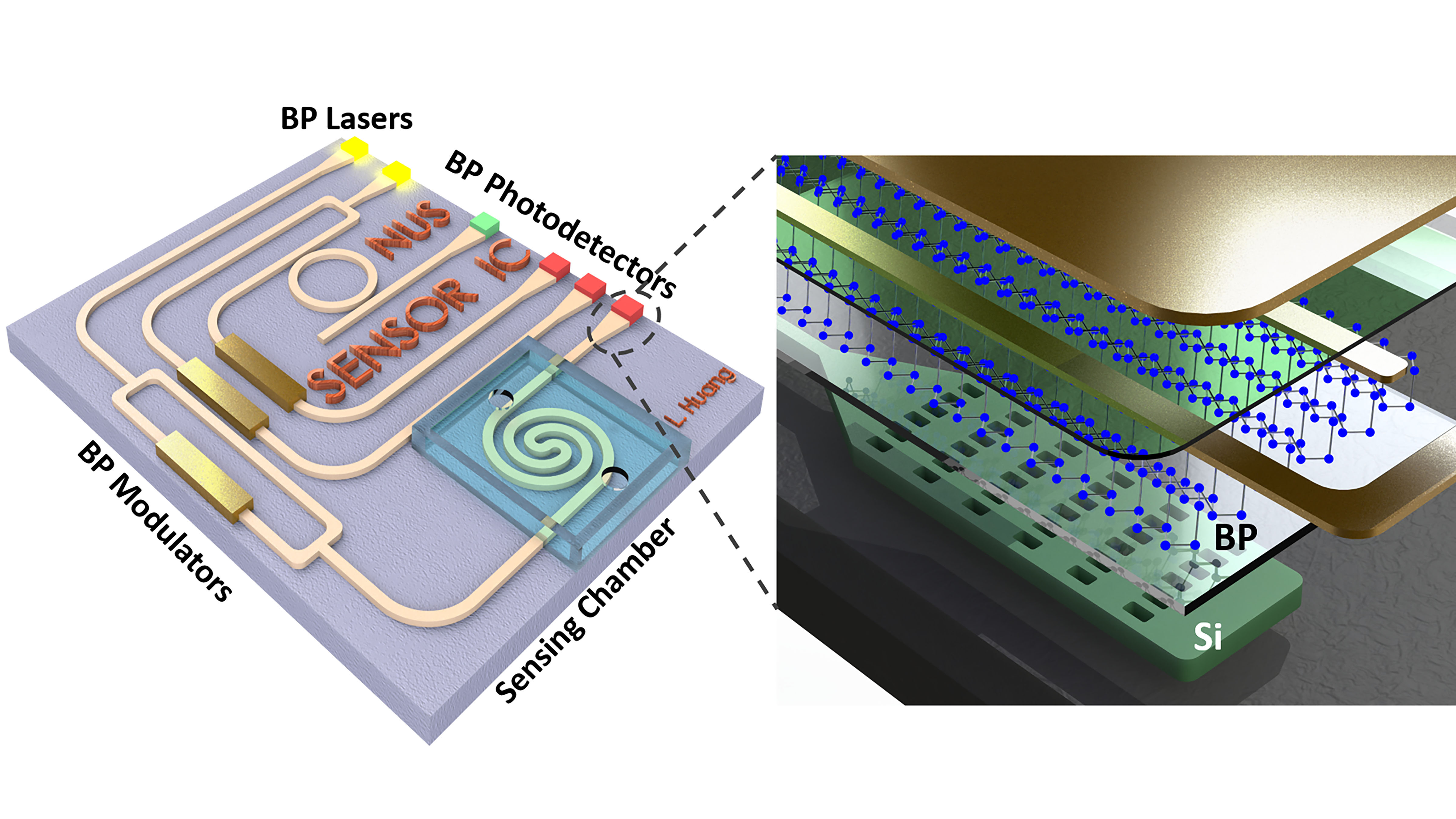Researchers have developed a method, described in APL Bioengineering, that uses machine learning to determine whether a single cell is cancerous by detecting its pH. Their approach can discriminate cells originating from normal tissues from cells originating from cancerous tissues, as well as among different types of cancer, while keeping the cells alive. The method relies on treating the cells with bromothymol blue, a pH-sensitive dye that changes color depending on acidity.
